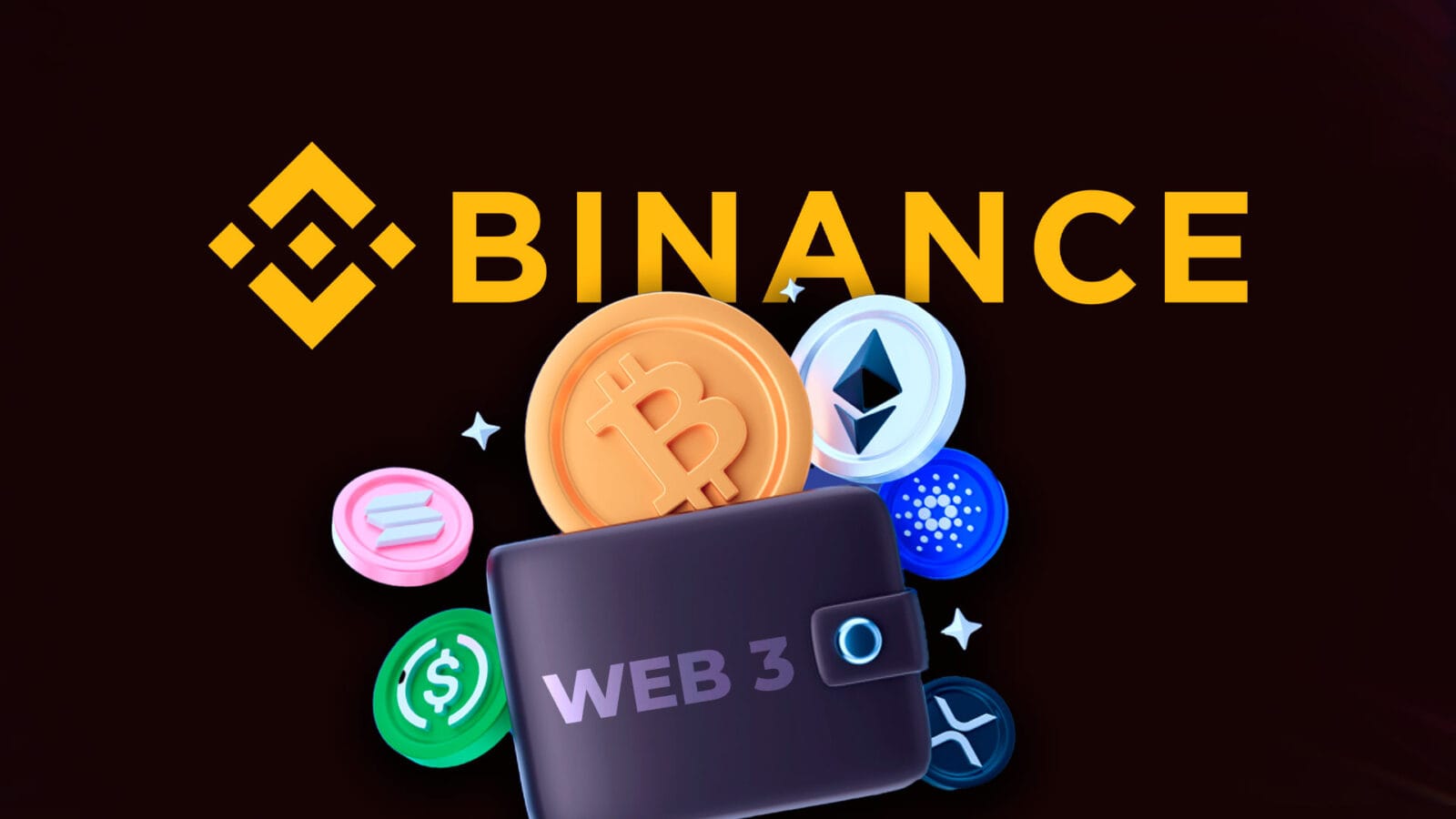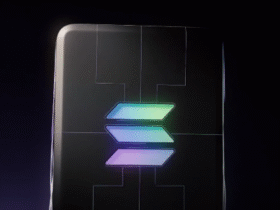The Web3 commission of the exchange The world’s largest cryptocurrency exchange, Binance, announced on October 2, 2024 that it has expanded the “Earn” section of this walletadding 13 new passive income protocols.
He simple yield for passive income protocols like Eigenlayer, Morpho, Marginfi, Kamino, Spark, Jito, Marinade, Sanctum, Mellow, Mantle, Etherfi-King karak LRT, Bnsol and Lista They are now accessible from the Binance web3 wallet.
These are platforms or projects within the decentralized finance ecosystem (DeFi) that offer various investment and income generation opportunities.

In the “Simple Yield” section of the wallet Binance Web3 there are options to operate with cryptocurrencies and generate passive income in the form of block, lend or provide liquidity in exchange for interest in return.
Among these options, it includes some such as yield farming, staking liquid, and liquidity provision. This section is designed for users who want to explore the ecosystem DeFi and interact with third-party protocols in exchange for rewards.
In it staking liquid users lock their cryptocurrencies, just like in the staking traditional, but they have the possibility of receiving a number of tokens equivalent to the funds blocked to reuse in other tasks and thus not lose liquidity.
Although the traditional service of exchange Binance allows the staking liquid, doing it from the We3 wallet is that Users can interact with a wide range of platforms DeFi or networks outside of Binance.
On the other hand, yield farming It works by lending your cryptocurrencies to protocols DeFi to earn interest, such as tokens or fees generated by the protocol. He Simple YieldFor its part, it allows liquidity to be provided to certain protocols DeFi obtaining a reference annual interest rate (APR).
Binance Web3 wallet supports Eigenlayer and Marinade
EigenLayer is a protocol restaking based on the Ethereum (ETH) network. It is designed so that users who are already doing staking on this network with their native currency (ether) can reuse those same tokens and participate in other protocols or services simultaneously. This is accomplished without withdrawing your funds from the staking original.
He restaking of Eigenlayer It is possible through smart contracts that adjust the use of locked assets so that they can be reused in more than one task, seeking to improve the efficiency of resources to validate operations.
Additionally, EigenLayer allows multiple networks, platforms DeFi or layer 2 (L2) scalability solutions, Utilize your security without having to build your own set of validators.
For its part, the Marinade protocol applies similar functionality and operations to the Eigenlayer, but on the Solana (SOL) network.
Its main objective is facilitate participation in the staking Sunallowing users to lock their token to earn rewards. At the same time, it offers to maintain liquidity through a derivative of staking called mSOL (which are equivalent to a number of SOLs locked in Solana).
Through Marinade, users use mSOL in various ecosystem applications DeFi of Solana, while continuing to generate rewards for the staking Sun.
This protocol focuses on distributing SOLs in different Solana validators. Marinade selects them based on safety, performance and decentralization criteria, which helps avoid the concentration of staking in a few participants.
On the other hand, together with the incorporation of the 13 aforementioned protocols, the exchange also introduced in the section wallet Web3 the staking Solana liquid (SOL).
On September 12, as reported by CriptoNoticias, the exchange had announced staking SOL liquid in the exchange.
What is the Binance Web3 wallet?
The Binance Web3 Wallet is a cryptocurrency wallet that uses a Multi-Party Computing (MPC) Model, instead of the traditional seed phrase method to regain access to a wallet. This technology split the private key into three fragmentswhich are stored in the cloud and on the device and Binance saves one of the three possible keys.
The wallet We3 within the exchange acts as a bridge between traditional Binance services and the world of Web3which includes technologies, the ecosystem DeFi and dApps. It allows users to interact with multiple networks and trade Bitcoin (BTC), Ethereum (ETH), and cryptocurrencies from a single wallet.
Finally, it is also possible to provide liquidity to a pool or platform DeFi receiving rewards in exchange, access to special airdrops, swap of cryptocurrencies, among others.






Leave a Reply